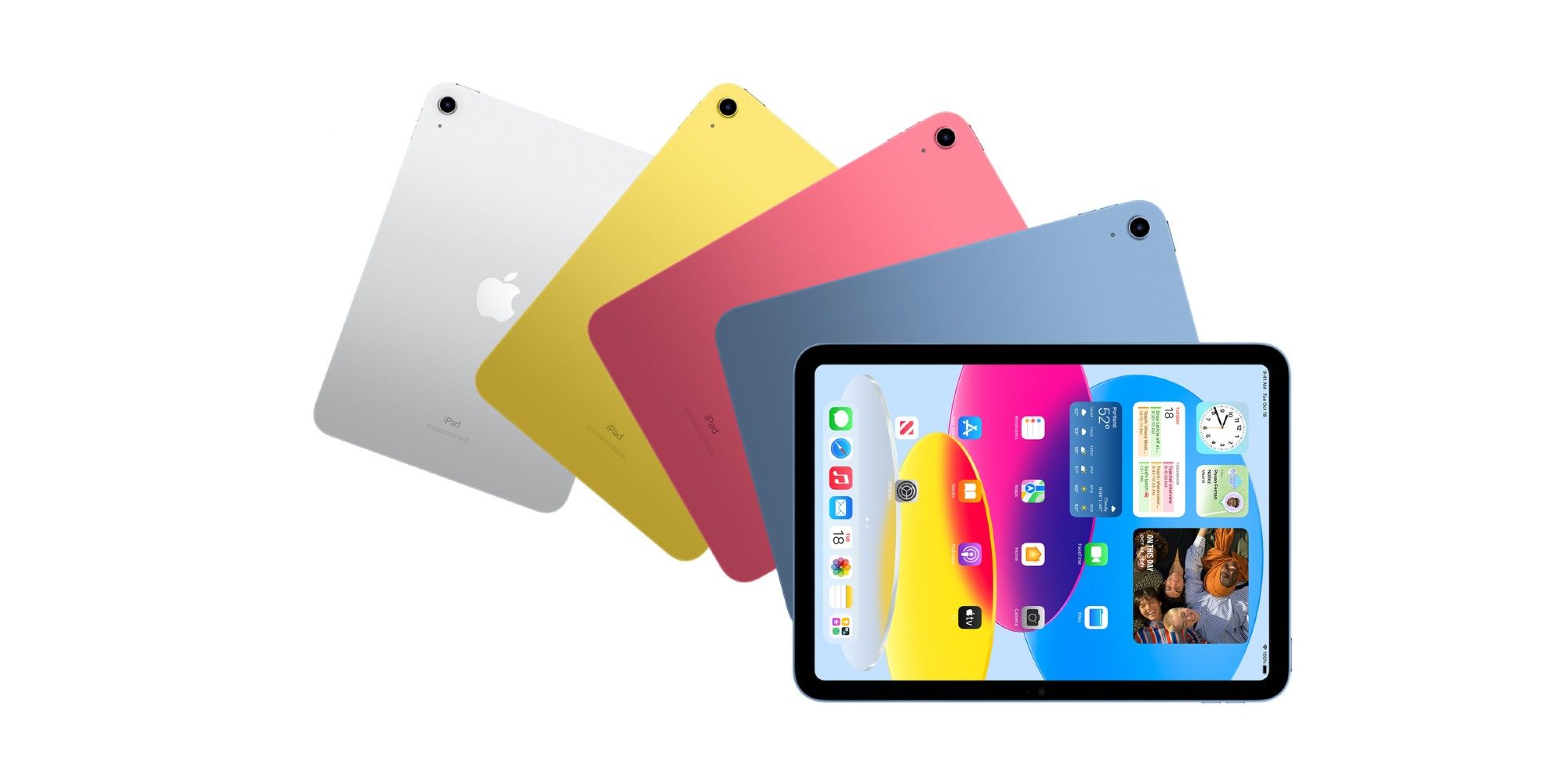On Oct. 18, 2022, Apple announced the iPad (10th generation), but doesn’t it look a lot like the iPad Air (5th generation)? The new iPad (10th generation) comes as a successor to the iPad (9th generation) released last year. Although it carries all the features of its predecessor, the iPad (10th generation) is slightly more expensive than one would expect it to be.
On the other hand, the iPad Air (5th generation) came out in March 2022. It serves its purpose as a mid-range device between the entry-level and the flagship iPads and is also priced between them. However, users who wish to purchase a new iPad are confused about whether to go with the new entry-level iPad or the iPad Air (5th generation).
This time, Apple has upgraded the screen size of its basic iPad from 10.2-inch to 10.9-inch, the same as that of the iPad Air (5th generation). Additionally, both iPads have the same 264-pixel density, support True Tone display, and have a peak brightness of 500 nits. So what’s different? The iPad (10th generation) comes with a non-laminated display, which means a noticeable gap between the actual display and the glass screen. In contrast, the iPad Air (5th generation) has a fully laminated display and an anti-reflective coating. With a large screen, symmetrical bezels and a similar camera and Touch ID placement, the iPad (10th generation) looks exactly like the iPad Air (5th generation). If it were not for the different colors, users would be unable to distinguish between the models. While the iPad comes in four colors, including Silver, Blue, Pink and Yellow, the iPad Air comes in five colors: Space Grey, Starlight, Pink, Purple and Blue.
Processor, Cameras And Battery Life Compared

Another difference between the two iPads is their performance. The latest iPad (10th generation) comes with an A14 Bionic chipset with a 6-core CPU and a 4-core GPU, while the iPad Air (5th generation) features the much more powerful Apple’s M1 silicon, which has an 8-core CPU and an 8-core GPU. Hence, the latter is better at video editing or gaming tasks. Both the iPads can shoot 4K videos at 24/25/30/60 frames per second and Slo-mo videos at 120/240 fps with the 12MP primary camera. However, as a first for an iPad, the iPad (10th generation) features a landscape front-facing camera, which means that although the 12MP ultra-wide sensor is the same on both the iPads, the entry-level iPad has the front-facing camera on its longer edge. In addition, other camera features such as video stabilization, Retina Flash, Burst Mode and Smart HDR 3 are present on both devices.
Both the iPads support Apple’s latest iPadOS 16.1 and come with features like FaceTime video, Center Stage, stereo speakers, dual microphones and Touch ID. Surprisingly, the iPad (10th generation), like the iPad Air, also has a USB-C port. However, the former supports one external display with up to 4K resolution, while the latter supports up to 6K. In addition, both tablets have the same 28.6-watt-hour battery, rated to last up to 10 hours of web browsing on Wi-Fi or watching videos.
The deciding factor for most users could be the Apple Pencil supported by these iPads. The latest iPad (10th generation) supports Apple Pencil (1st generation), while the iPad Air (5th generation) supports Apple Pencil (2nd generation). The iPads differ in key aspects, including display lamination, performance, front camera placement and the supported Apple Pencil. Ultimately, it’s up to the buyers to decide whether to get the $449 iPad or the iPad Air for $599.





